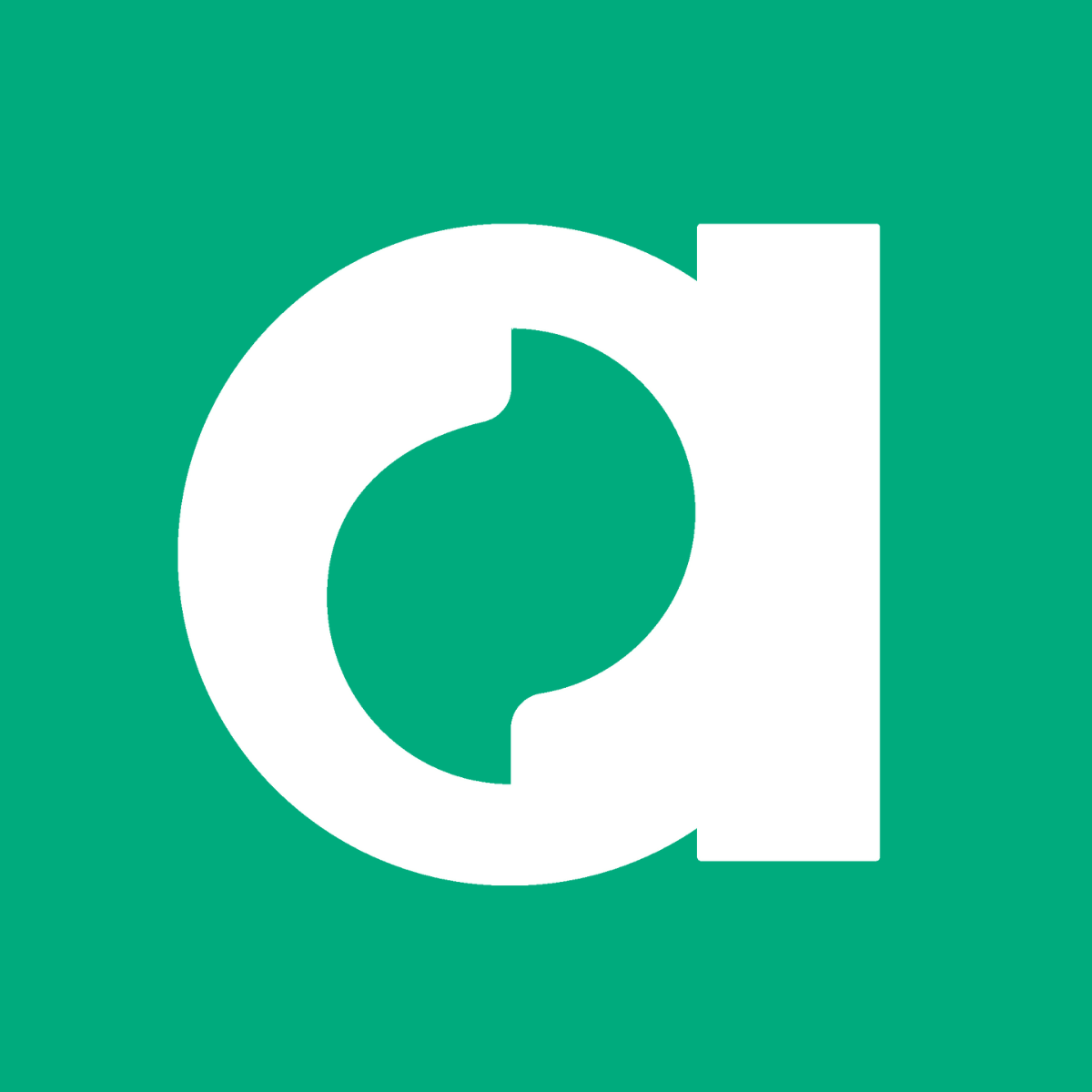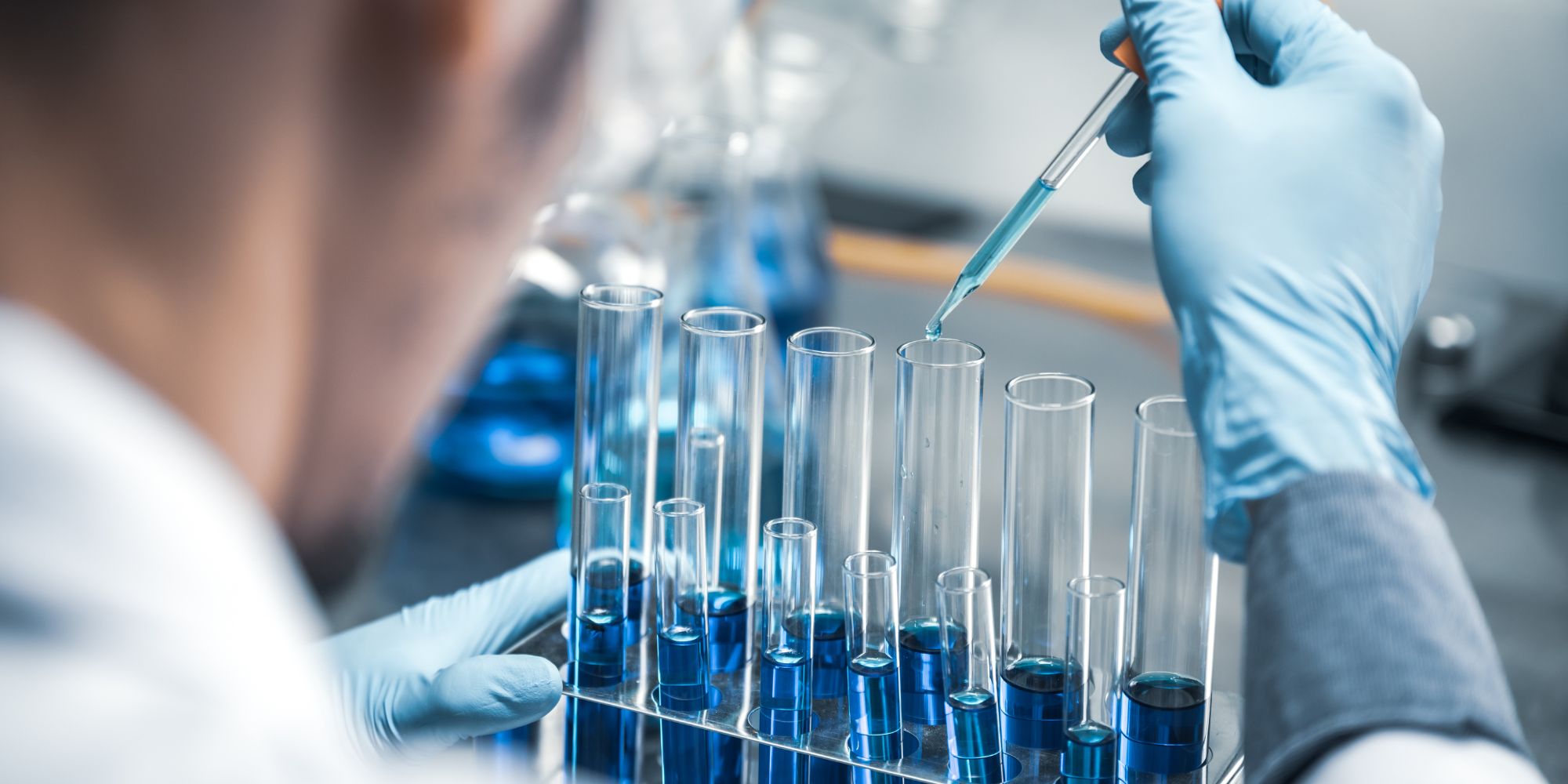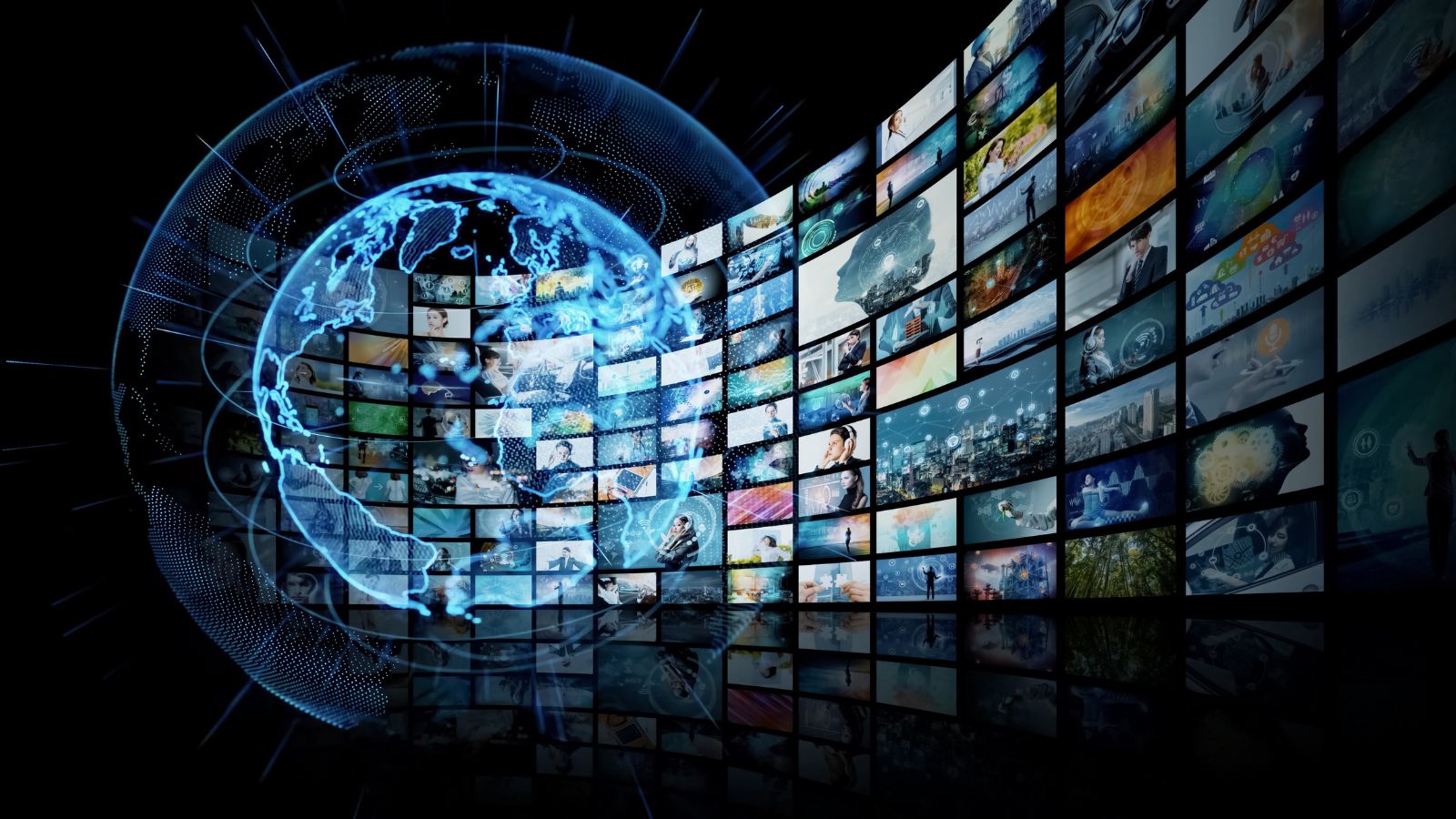While the earlier Medical Device Regulations referred specifically to ISO 9001, the new regulations no longer stipulate a compulsory ISO standard. That said, ISO 13485:2016 is generally recognized as the industry standard for Medical Devices in the EU, and, while a manufacturer’s certification body can provide more detailed advice, ISO 13485 is likely to be a reliably compatible system for the new EU MDR and IVDR.
It is also worth mentioning that the ISO 13485 standard explicitly requires the effective selection and control of tasks performed by third parties. By ensuring that their supply chain is ISO 13845 certified, manufacturers can reduce their exposure to risk, as laid out in the new regulations. Argos Multilingual is one of a small number of LSPs who are already certified to the ISO 13845:2016 standard.
Working Closely With LSP
Working closely with a translation and localization provider who specializes in medical language services and is ISO registered is an important step in conquering the ever-changing international regulatory process. The choice of translation provider is vital to ensure that translations are accurate, consistent, and technically correct.
Medical language service providers should be able to provide documented processes that involve native-speaking linguists that have expertise in both translation and the medical devices industry. To deliver consistency, quality, and reduced costs, the LSP should also integrate terminology management and computer-assisted translation solutions with its team of human linguists.
It is important to recognize the difference between providers who are actually certified and those who only present themselves as ISO “compliant.” The difference is as significant as a medical device manufacturer “promising” the European Union compliance to the respective directives and not physically displaying a CE mark. In the eyes of government regulatory agencies, an ISO certified language service provider is equivalent to having an in-house translation and localization department with approved processes that may be audited at any time.
To learn more about the new language requirements after latest MDR EU 2017/745 Compliance changes, visit www.mdreurope.com. If you have any questions, Contact Us Now.
 Argos Multilingual
4 min. read
Argos Multilingual
4 min. read
In healthcare things simply cannot get lost in translation. While the world is getting smaller, the amount of regulations which control the field increases, as caused by the crucial importance of high-quality delivery in medical and pharmaceutical translations. What are the five main reasons why an increased number of key players in the industry entrust […]

 Argos Multilingual
2 min. read
Argos Multilingual
2 min. read
‘When the first Machine Translation experiment was held, a journalist who observed the experiment noted that “In 10 years’ time, there will be no translators needed.” That was in 1954’ says our Chief Technology Officer, Wojciech Froelich. Today, translation business uses multiple software tools that are supposed to help translators. Over years, there were many […]








